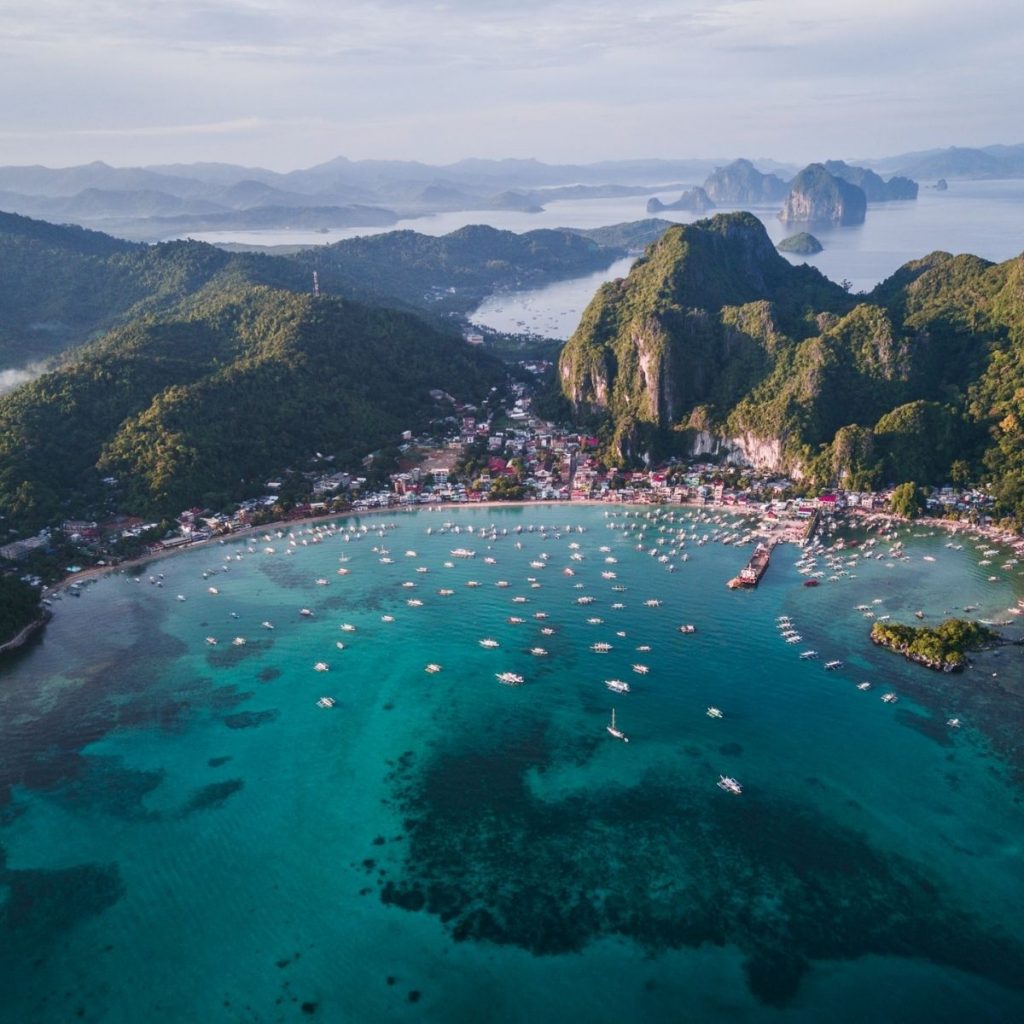The Philippines has temporarily halted the plan to allow international tourists on Dec. 1, in an attempt to keep the territory free from the new highly mutated Omicron variant.
Alongside other Asian nations such as Japan and China, the Philippines has remained closed to most foreign arrivals for most of the pandemic.
The long-awaited reopening was announced last week, but the Inter-Agency Task Force for the Management of Emerging Infectious Diseases (IATF-EID) reversed its decision two days later, delaying the reopening for at least another 14 days.
The travel ban did not only affect Southern African countries. Austria, the Czech Republic, Hungary, the Netherlands, Switzerland, Belgium, and Italy have also been added to the government’s list of banned countries.
“The IATF deemed it necessary to suspend the entry of foreign tourists, given worldwide concerns over the omicron variant,” Bureau of Immigration Commissioner said Monday.

The announcement has been viewed as a big setback for tourism businesses across a nation that has been hit hard by the drop in international visitors and domestic travel restrictions since the border closure in March 2020.
Prior to the pandemic, the tourism industry accounted for roughly 13% of the country’s GDP.
For the time being, only returning Filipinos and fully vaccinated long-term visa holders from green- and yellow-listed countries are allowed to reenter the Philippines.
These visitors must now present a negative RT-PCR test and observe a 3-day mandatory quarantine, according to the IATF.
Unvaccinated or partially-vaccinated visitors will be requested to undergo a 5-day mandatory quarantine.
In both cases, quarantined visitors must produce a negative COVID-19 test result before they can leave isolation.
The Philippines has eased domestic restrictions in recent weeks as the daily infection has been showing a positive downward trend and the vaccination rate slowly increases.
The country has recorded 2.8 million cases and 48,000 deaths but has only managed to vaccine one-third of its population.

